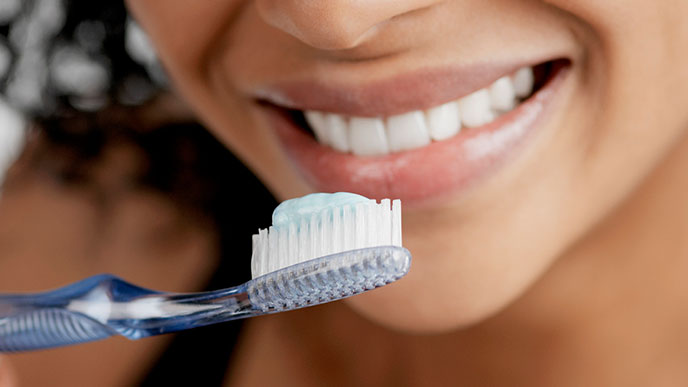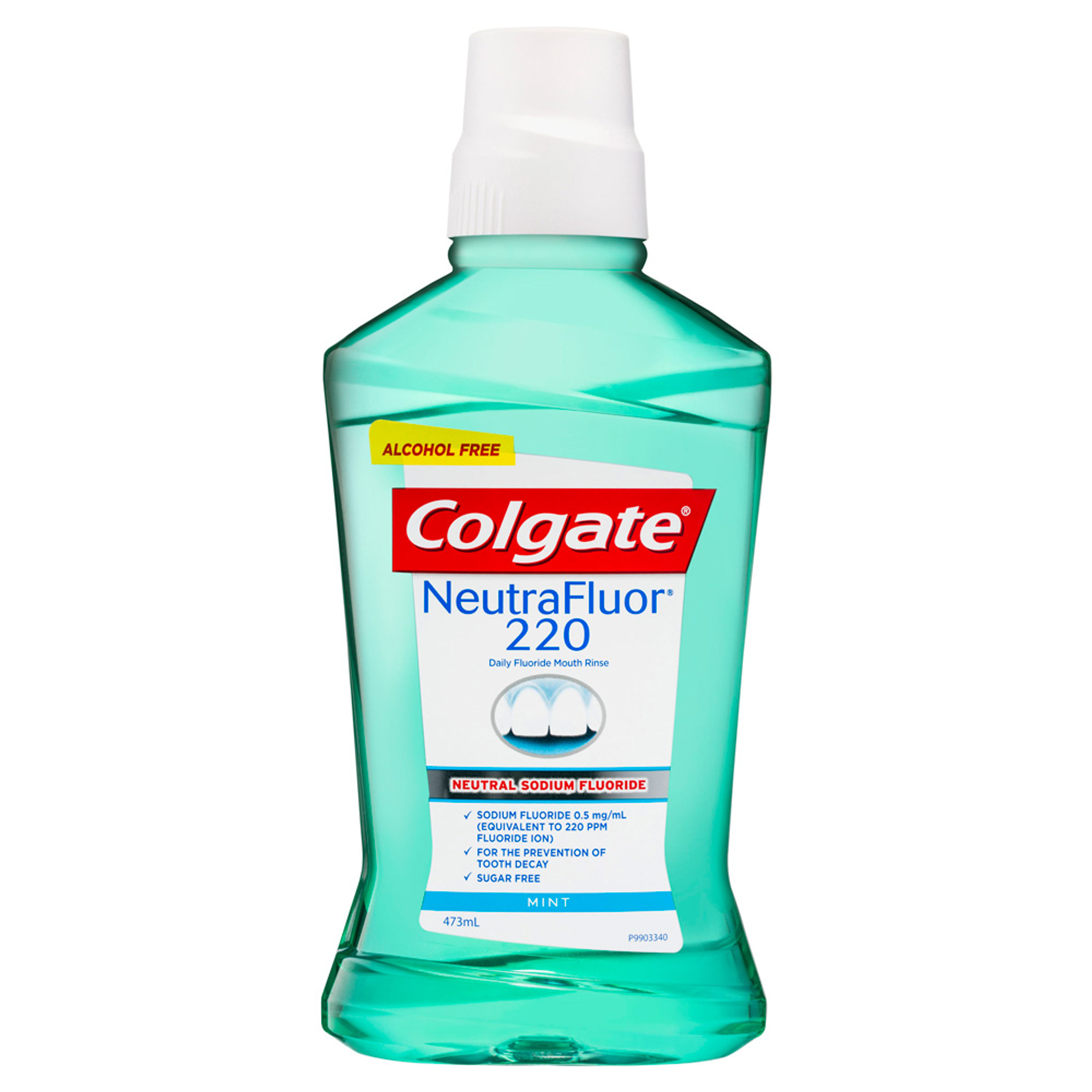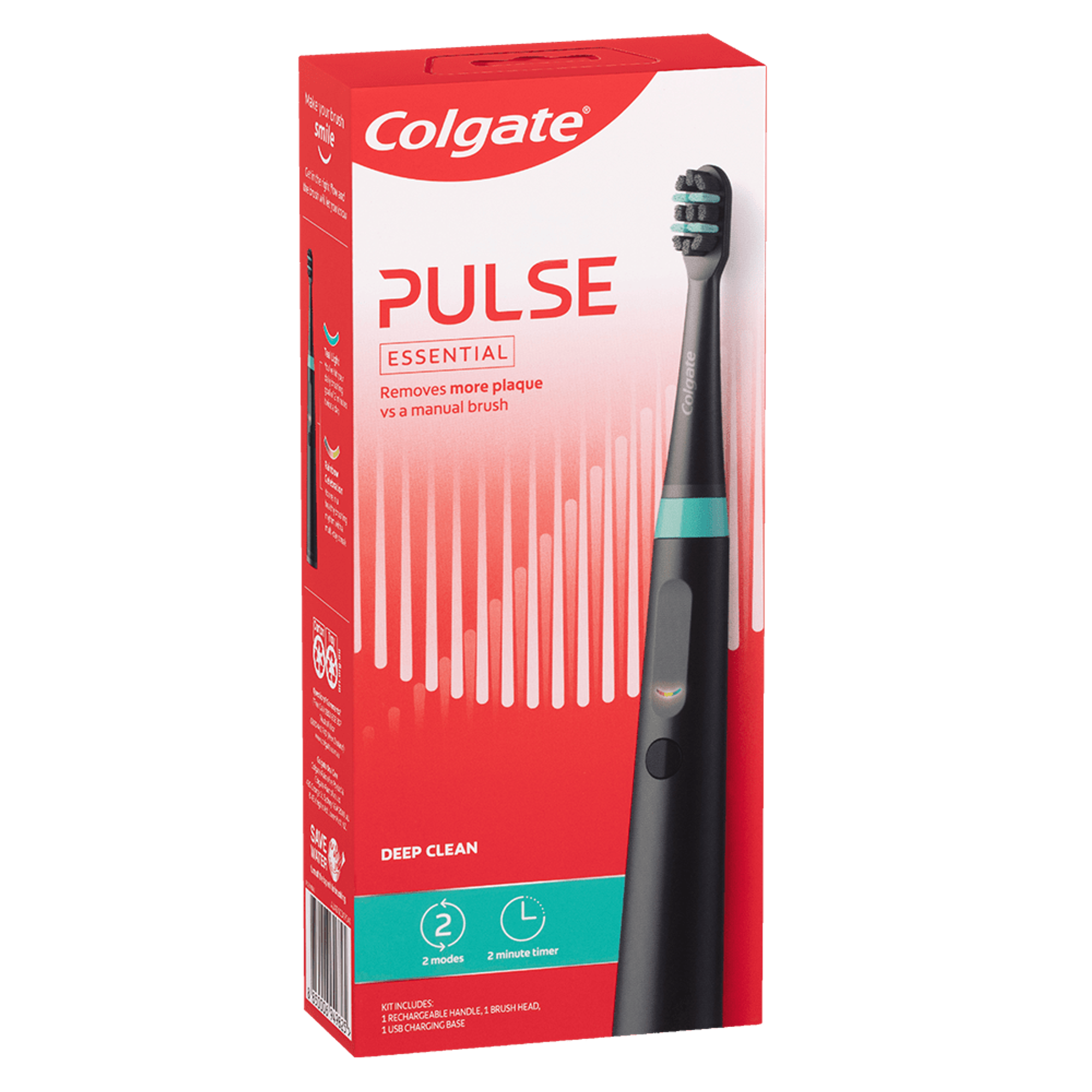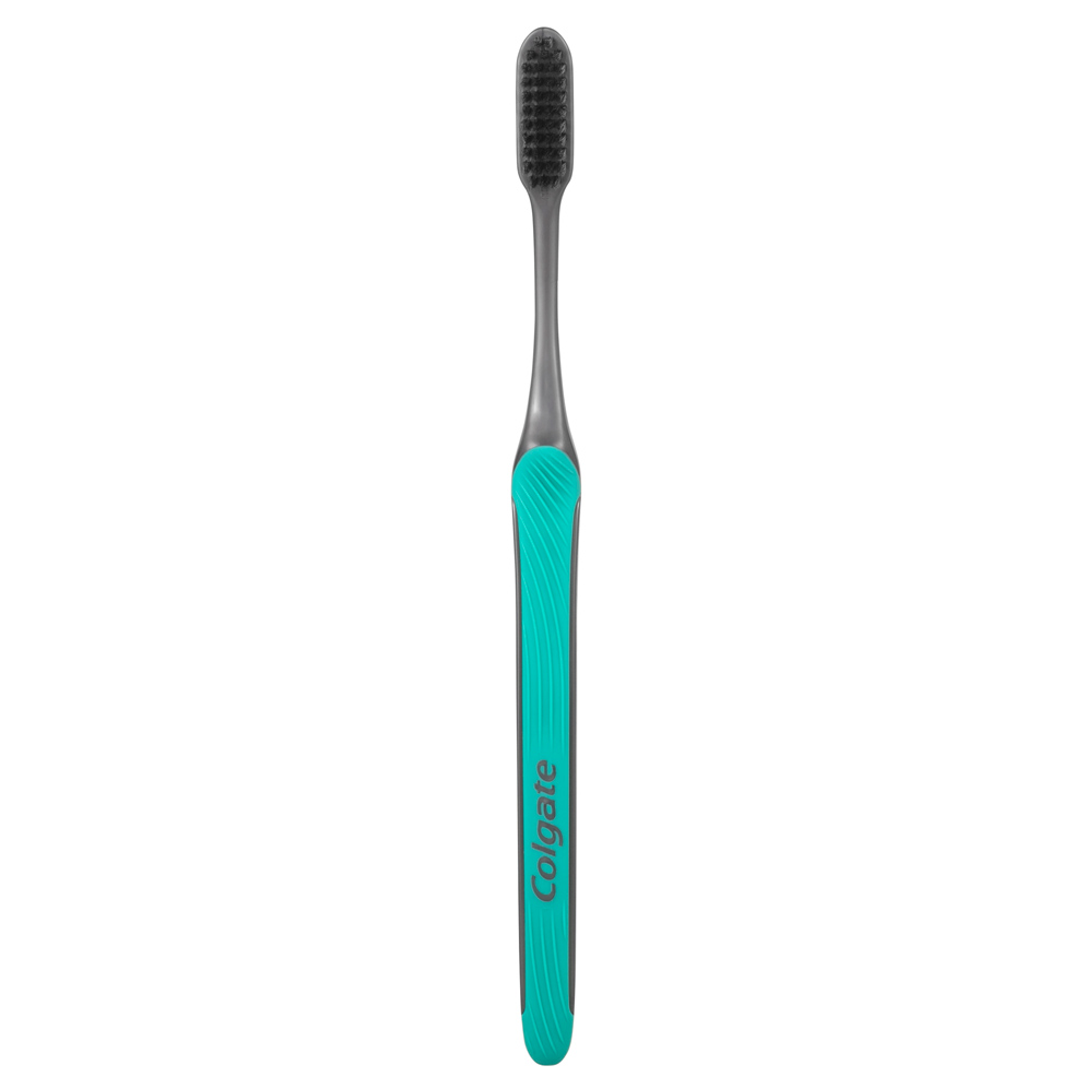- Sugars and carbohydrates combine with the plaque biofilm that forms on our teeth and gumline after eating a meal.
- The bacteria in the plaque – combined with these sugars and carbs – will produce acids.
These acids will attack the surface of the teeth, causing mineral loss and tooth decay.
So if you don’t like the idea of rotting teeth and dental bills, and you’re keen to prevent cavities – OR you’d like to reverse minor tooth decay, have a read of these helpful tips.
What you drink makes a difference
Fluoridated tap water is by far the best beverage for preventing cavities. According to Queensland Health, fluoride helps re-mineralise your teeth, which is essential if you’re trying to reverse tooth decay. And in times when whipping out a toothbrush is not possible, give your mouth a good swish with tap water to dilute acids and flush away debris.
Eating nutritious meals
Besides drinking more water, consider adding more nutritious meals to your diet. According to the Australian Dental Association, “Everything you eat and drink has a major effect on the health of your teeth and gums”, so strive to make healthy choices. Try limiting the amount of carbohydrates you eat and staying away from foods that contain a lot of sugar.
A good toothbrush is your ally
Be honest, when did you last change your toothbrush? Many people hold onto the same toothbrush for years. You should change toothbrushes approximately every three months or when the bristles start to show wear – whichever happens first.
There are many types of toothbrushes to choose from, along with various sizes, shapes and styles of handles. Most dental professionals recommend a soft bristle brush is best for removing plaque and debris from your teeth. Many people prefer a powered toothbrush, but either manual or electric are good choices.
Don’t get too confused over toothbrushes, though; the best brush for you is one that fits in your mouth and allows you to reach all teeth easily. If you’re unsure, check with your dental professionals. Remember though, having a great toothbrush isn’t enough. You’ll need to use it! Brush your teeth at least twice a day using fluoride toothpaste (to help re-mineralise the enamel) and floss once a day.
Chew sugarless gum
Chewing sugarless gum after a meal is an excellent way to help prevent cavities. First, chewing gum helps to stimulate saliva. According to Better Health Channel, saliva can deposit minerals back onto the tooth surface, helping repair it. Saliva also flushes away food particles and bacteria, helping prevent decay. Better still, most sugarless varieties of gum contain a natural sweetener called xylitol, which is effective as a preventive agent. Xylitol is noncariogenic, meaning it does not produce caries. Xylitol is a ‘five-carbon sugar alcohol’. This means it’s structurally different to normal sugars and does not produce acids, feed bacteria, or encourage plaque formation. Bottom line: it’s a winner when it comes to fighting cavities.
These tips are just a few ways to reverse tooth decay and prevent future cavities. But as always, make sure you schedule regular visits to your dental professional for regular cleaning and checkups for any tooth decay or cavities.
This article is intended to promote understanding of and knowledge about general oral health topics. It is not intended to be a substitute for professional advice, diagnosis or treatment. Always seek the advice of your dentist or other qualified healthcare provider with any questions you may have regarding a medical condition or treatment.














